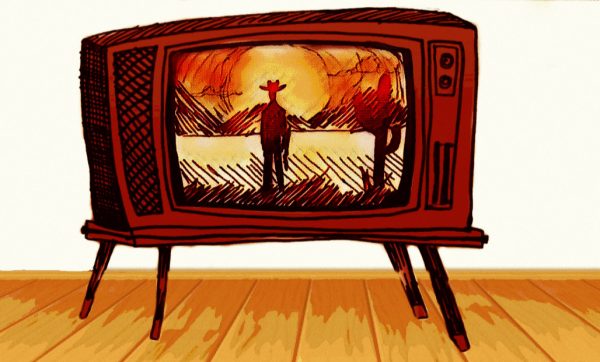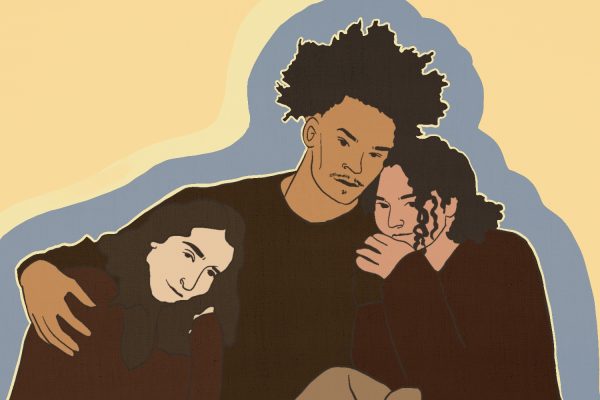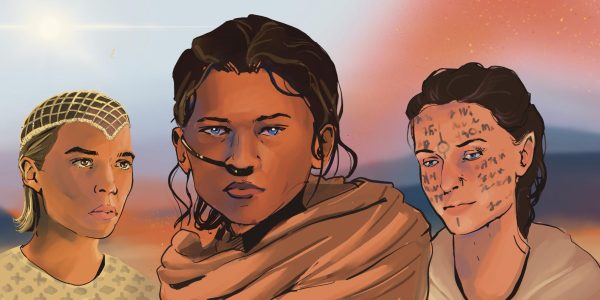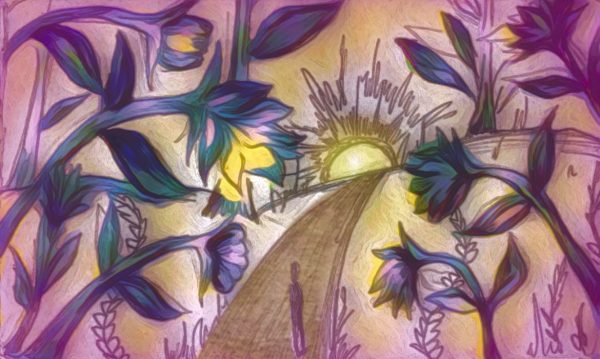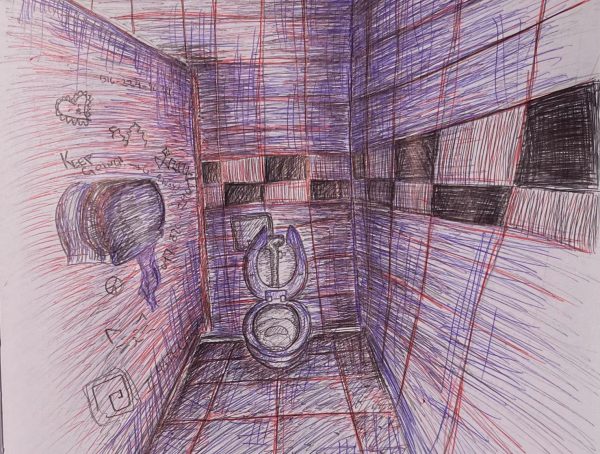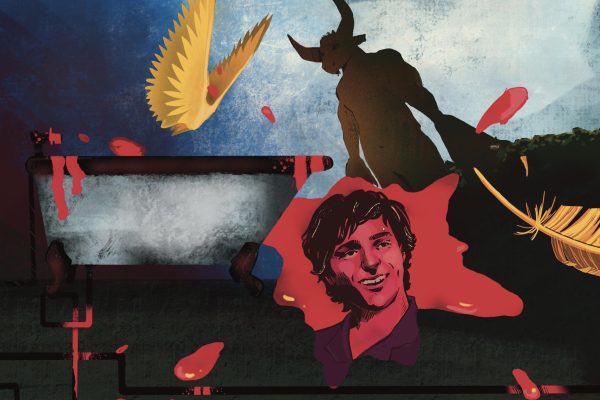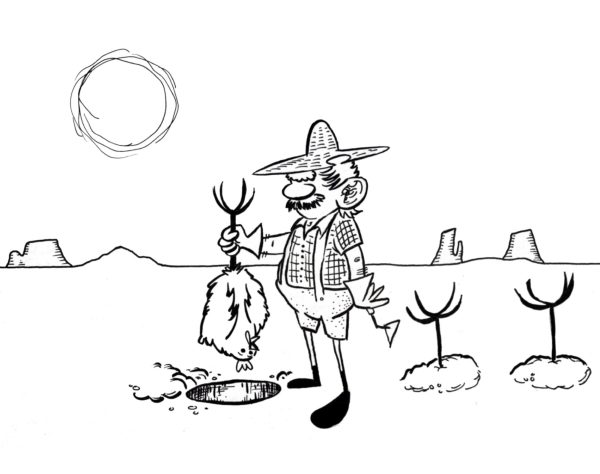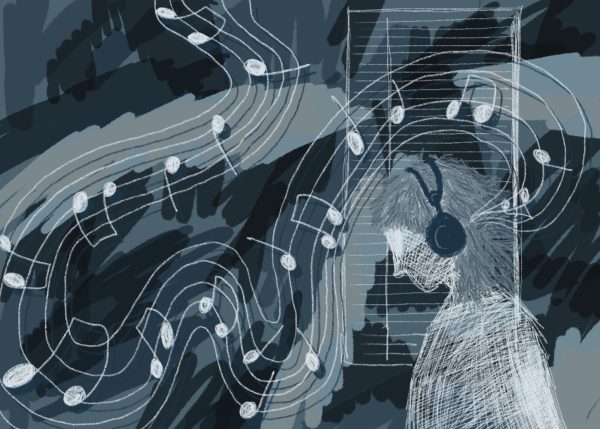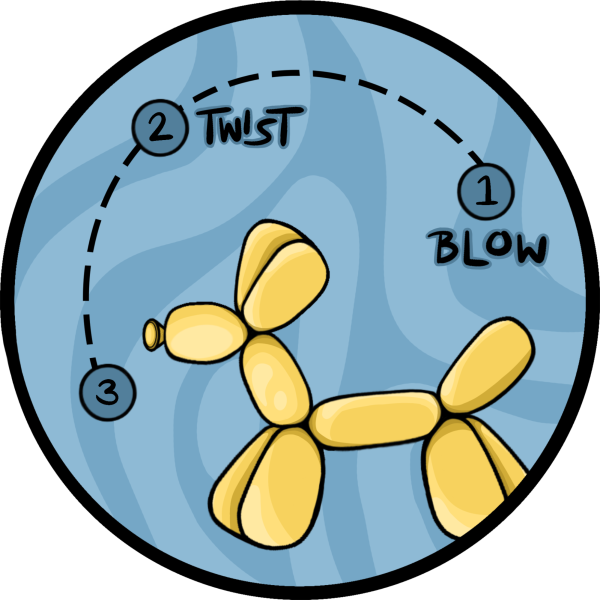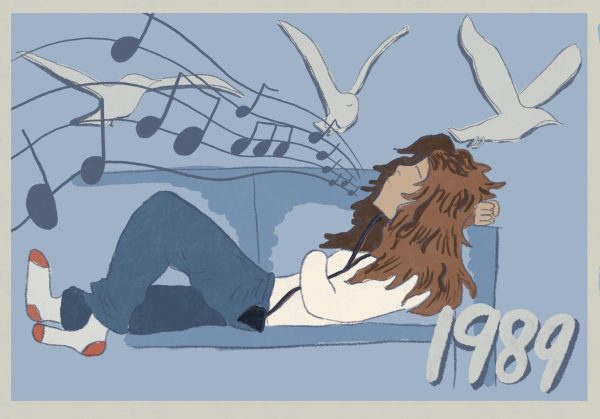Dance show seeks to challenge the audience
The works of art that make us think the most often emerge out of real-life experience and bold, creative risk.
Dan Yablonsky’s dance piece, “Non-Mechanical Tools of Human Advancement,” is one such work, as it challenges our conception of what a dance piece can be.
Yablonsky graduated from UVM as an English major with an ecological agriculture minor in December of 2011.
He returned March 30 to Mann Gymnasium for the 10th anniversary of UVM’s Dancing Uphill. The springtime event is hosted annually by the UVM Dance department and showcases both student and faculty work.
The piece, which Yablonsky choreographed as an undergraduate, was selected to be performed at the Kennedy Center for the Performing Arts in Washington, D.C. as part of the National College Dance Festival in May 2012.
While Yablonsky himself was the original performer in the piece, a nearly fatal accident after graduation left his body in need of intensive rehabilitation and unfit to dance. December ‘16 alum Molly Kaye and graduate student Benjamin Liebman, performed it last weekend in his place.
In the piece itself, the two dancers wear helmets and padded vests, and look as if they are about to engage in some type of extreme sport.
Throughout the performance, they interact violently with each other and their surroundings. They writhed jerkily and slammed themselves against the only set pieces onstage, two metal file cabinets, while a recording of Yablonsky’s voice plays in the background.
The narration renders the piece extremely aware of its experimental nature, and is simultaneously casual, poetic and unsettling.
The topics covered include the “frustration of creation” and fragmented mentions of much greater issues: power, loneliness and cultural diversity.
After the piece concluded, Yablonsky came down to the stage and spoke to the audience candidly about the performance as a reflection of both his own privilege as a white man and the ongoing process of understanding and overcoming privilege, racism and violence that we all must engage in.
“What we’re doing at the end is charging people with taking initiative to understand and educate ourselves about power and society,” Yablonsky said.
Claire Wiggin ’16, was uncertain about Yablonsky’s strategy of using a public performance space to address those important issues, she said.
“I definitely think there should have been some sort of trigger warning, because someone who has experienced violence might have felt super uncomfortable,” Wiggin said.
Others seemed fully inspired by Yablonsky’s creative courage, as a handful of audience members stood up immediately in passionate applause.


